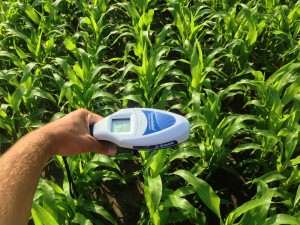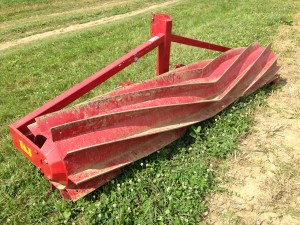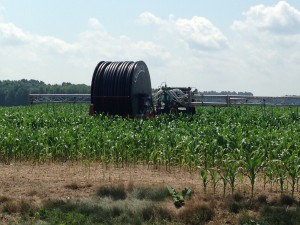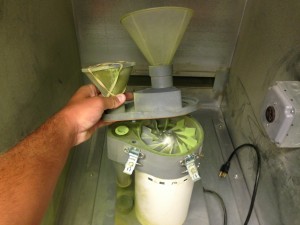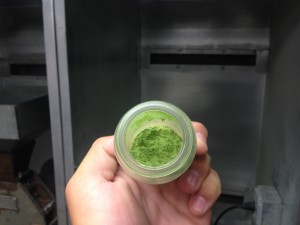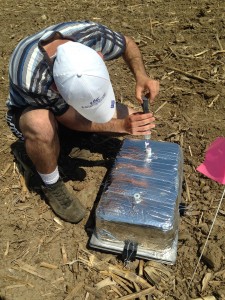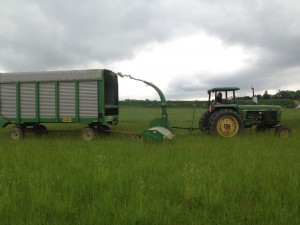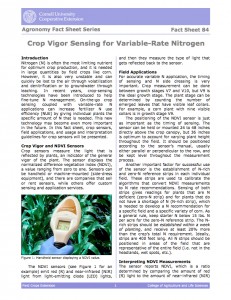 I know it’s been a few months since my last post, but that means that there is a lot to talk about. After classes started, I continued working with the NMSP team. I helped grind corn stalk samples for CSNT testing, and I also ground some alfalfa for different types of nutrient composition testing. I’ve been working with the team for about 6 hours a week, so all my time isn’t only spent grinding. I’ve been working on a research report, as well as a separate fact sheet, both on the GreenSeeker technology I talked about in my last blog.
I know it’s been a few months since my last post, but that means that there is a lot to talk about. After classes started, I continued working with the NMSP team. I helped grind corn stalk samples for CSNT testing, and I also ground some alfalfa for different types of nutrient composition testing. I’ve been working with the team for about 6 hours a week, so all my time isn’t only spent grinding. I’ve been working on a research report, as well as a separate fact sheet, both on the GreenSeeker technology I talked about in my last blog.
My fact sheet has come a long way, but it’s literally gone through over a dozen revisions from about six different people throughout the semester. It’s a lengthy process, but we meet once a week to make sure we’re on schedule. I’m glad I chose to write a fact sheet, as I am eager to start helping farmers gain real, usable knowledge now and after graduation in the spring. Once published, you can read the entire fact sheet (#84).
Looking back on the entire internship process, I believe that it was extremely helpful to my educational growth. I gained a ton of experience, connections, and skills over the last six months, and I’d recommend the NMSP internship to anybody willing to work. I hope my blogs have effectively showed you my internship experience, and I thank you for taking the time to read them.


